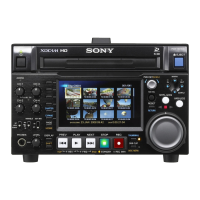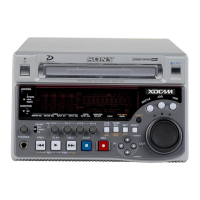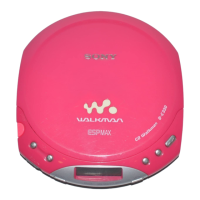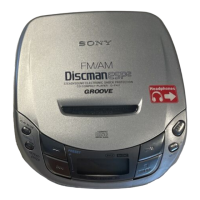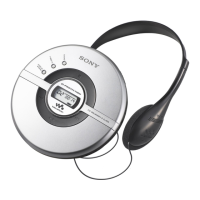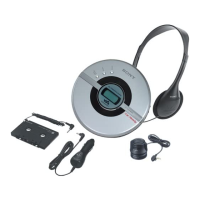Do you have a question about the Sony PDW-HD1200 and is the answer not in the manual?
Describes the main capabilities and characteristics of the PDW-HD1200 recorder, including codecs and recording functions.
Illustrates the various connection options and system setups for the PDW-HD1200 with other equipment.
Explains the layout and functions of all buttons, knobs, and indicators on the front panel.
Details the connectors and functions located on the rear panel of the unit.
Guides users through the essential initial configuration steps before operating the unit.
Explains how to connect the unit for various applications like software use and network connections.
Provides instructions on how to handle, store, and care for Professional Discs.
Covers the process of recording video and audio signals onto the unit.
Covers the process of playing back recorded video and audio signals.
Provides procedures for recovering data when recording is interrupted unexpectedly.
Introduces the Graphical User Interface (GUI) screens and their purpose.
Covers how to use thumbnails for clip management, searching, and selection.
Details how to select and edit scenes to create clip lists for editing.
Introduces file operations and connection methods for remote computer access.
Guides on performing file operations using FAM on Windows computers.
Explains how to perform file operations using the File Transfer Protocol (FTP).
Outlines the different menu systems available on the unit for configuration.
Explains the basic and extended setup menus for configuring unit settings.
Details the maintenance menu for audio, network, and setup settings, plus version information.
Introduces planning metadata and its role in managing clips.
Explains operations like loading, sorting, checking, and clearing planning metadata files.
Guides on how to use planning metadata to automatically assign names to clips.
Provides essential guidelines for unit use, storage, care, and environmental considerations.
Offers solutions for problems encountered during operation, including alarm messages.
Lists the technical specifications of the unit, including dimensions, power, and performance.
Lists and describes all input connector types and their specifications.
Lists and describes all output connector types and their specifications.
Explains the purpose and functions of UMID data for material identification.
Covers the handling of ancillary data, including closed captions and metadata.
Lists the keyboard layouts and language settings supported by the unit.
Provides information on patents, trademarks, and software licenses related to the product.
Defines technical terms used throughout the manual.
| Recording Format | XDCAM HD422 |
|---|---|
| Disc Format | Professional Disc |
| Inputs | AES/EBU, Analog Audio |
| Outputs | HD-SDI, SDI, Composite, AES/EBU, Analog Audio |
| Display | 3.5 inch LCD |

